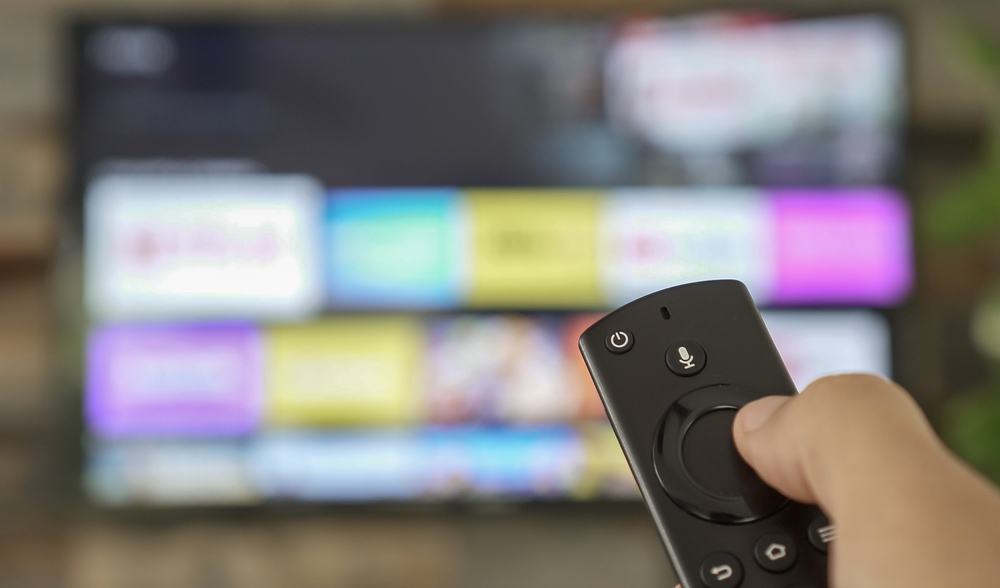Article by Ross Benes
Source: www.emarketer.com, October 2020
But cord-cutting remains rampant
Consumers were already leaving cable and satellite TV before the pandemic, and those defections have only increased since.
We previously expected there to be 80.5 million US pay TV households this year. We updated our forecast in August, and we now believe that figure will decline by 7.5% to 77.6 million. Our pay TV figures exclude virtual multichannel video programming distributors (vMVPDs), which deliver live TV over the internet.
Additionally, we have increased our estimates for non-pay TV households—which combine cord-cutters and -nevers—from 48.9 million to 51.7 million.
The pandemic increased pay TV losses because it tightened consumers’ wallets and caused the cancellation of live sporting events, which are one of the main draws of cable and satellite operators. Pay TV providers have also cut back on some of their promotional pricing to sustain profitability. But as prices increased, so did cord-cutting.

